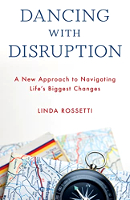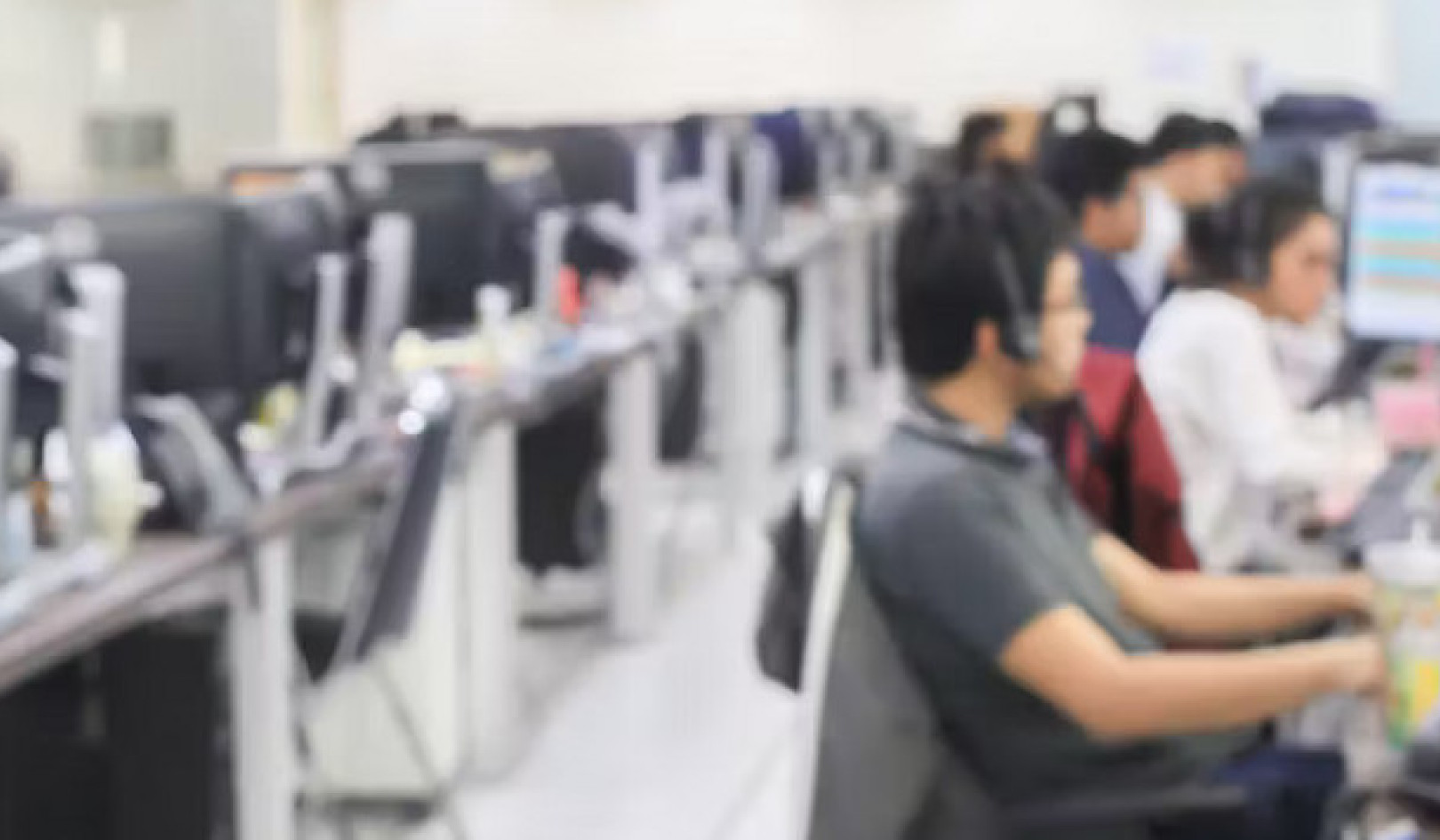
Image by Christine Engelhardt
Resistance is anything in our experience that impedes our progress in a desired direction. We can be aware of our resistance, or it can operate in a slightly more undercover fashion.
Arya, a fifty-five-year-old cancer survivor, shared a lighthearted story about her work on reimagining her identity. It sums up resistance perfectly. “After ten years with the same organization, twenty-two years in the same house, and thirty-three years with the same man, I’m ready!” Then she adds, “If I could just get past my own fears and insecurities!” Arya, like many of us, was aware of forces that stood in her way, making it difficult to proceed as she intended.
As you may already know, it is impossible to choose transition without encountering resistance. Emotions can create opposition to our choice of growth. However, emotions are an integral part of our path to establishing a deeper connection to who we are. Our emotions can serve as an oracle, not an obstacle, to our success.
James, a forty-four-year-old attorney became an entrepreneur after years of dreaming about such a move. Within a month of starting his own business, he was overcome with crushing back pain. This physical onslaught made it impossible for him to pursue his goal as originally planned.
James was well aware of the pain but stopped short of considering it as symptomatic of his resistance to decoupling from his familiar way of being. Without such awareness, resistance can work to keep us stuck in place despite our very real desire to go forward.
RESISTANCE IS INDIVIDUAL
Resistance is highly individual and can occur at any time throughout our transformative journey. For example, we can meet resistance initially as we consider whether or not to pursue a transition in the wake of a disruption. We can meet it at the beginning of our transformative journey as we disengage from long-held expectations about who we are. Or we can meet it well into our process as we create and refine new self-expressions. This continuous relationship with resistance is contrary to widely held beliefs.
Many of us think about resistance as a hurdle to overcome. We work to eradicate it, often deferring other activities until we do. In this vein, we dream about a time in the future when we will have worked hard enough, or smart enough, or long enough, or will have saved enough money, to arrive at a “Resistance-Free Zone.”
I hate to be the one to tell you this, but Resistance-Free Zones do not exist. Resistance behaves like the popular game Whac-A-Mole. No sooner do we have one form of opposition solved than another one springs up.
Our goal is not to eliminate, overcome, or ignore resistance but to learn how to be successful in its presence. Resistance can play a surprisingly critical role in our journey forward if we are willing to bring new thinking to it.
EMOTIONS AS RESISTANCE
Emotional resistance is a form of opposition that occurs when emotions, like anger or fear, impede our progress in a desired direction. We will use the term “emotion” as a shorthand for the feelings, sensations, responses, and emotions that are a part of our experience. Emotional resistance is as powerful, common, and equally influential when it appears as anxiety as when it appears as perfectionism.
Emotions, for our purposes, are a collection of responses designed at their most basic level to maintain life. We all know the primary emotions, including fear, anger, surprise, disgust, happiness, and sadness. We also know emotions as a variety of other responses, including embarrassment, guilt, jealousy, pride, tension, anxiety, shame, regret, self-doubt, relief, isolation, and many others. I have always loved neuroscientist Antonio Damasio’s description of emotions: “They are induced in the brain and play out in the theatre of the body.”
Denise, a sixty-one-year-old store manager at a supermarket in Maine, brought the experience of emotional resistance to life in her story about finding her way in growth.
“Who am I if I am not me?” asks Denise when we sit down to talk about her recent disruption. Her employer, a major national supermarket chain, reorganized, leaving Denise without a job. She has a raspy voice and a straight-talking manner.
“I am devastated. I did not know that my job was going to be affected by this [reorganization]. I worked there for twenty years. It was a total shock.”
I ask Denise to describe her emotions. “I am full of anxiety. I mean, this is scary! You know, all the emotions are here. Mostly, I feel worthless and insecure.” She takes a breath and adds, “The question of who I am scares the bejesus out of me.”
“You do not feel like you are in control,” offers Denise. “It sort of hits some very emotional chords.” Denise was quick to link her loss with the sadness and grief she experienced over her husband’s death eight years earlier. He passed away after a short battle with pancreatic cancer. “It is like losing him again. It is a pretty scary thing, you know, the concept of stepping into that void.”
In spite of her raging emotions, growth is the only option Denise is willing to consider. “I never let fear win before,” she says patently. “Why should I start now?”
Denise had made a choice, an important one. Her choice of growth did not extinguish the very real resistance she experienced. She was resolute, however, that it was not going to stop her.
Emotional resistance, as Denise knew, can be a formidable companion as we progress along a path of transforming our self-concept.
EMOTIONS AND GROWTH
Emotions play a starring role in our experience of disruption and growth, although we can easily misinterpret their contributions. Nearly everyone on the planet can share a list of emotions that they have experienced at times of uncertainty. What we may miss is appreciating the role that emotions play in growth.
Emotions mobilize to keep us safe when we knowingly disengage from the stability of a familiar expression of who we are.
Rashid battled fear about money as he stepped away from a career identity he nourished for eighteen years. In fact, he could not shake the fear even though he knew on a rational level that he had no near-term financial risk.
Emotions may show up as counterproductive to what we intend to do.
Our emotions can serve as a cautious friend who asks, “Are you sure?” as we disengage from a familiar expression of who we are and continue along a path of growth. When emotions behave in this fashion, they can easily distract us, distort our understanding of what is occurring, send us on detours, and otherwise thwart our ability to move forward.
We reflexively add meaning to the presence of an emotion, adding to its oppositional effectiveness. Society teaches us to reach for a preferred emotion while overwriting more authentic ones. For example, social pressures invite us to lean toward an emotion like happiness instead of fear. While many of us authentically experience happiness, if we overwrite our own emotions in favor of a predetermined “desirable” one, what we rely on is known as an emotional bypass.
Think about a neighbor who shares how sad she feels now that her house is an empty nest, only to correct herself an instant later with, “I know I am not supposed to feel that way.” An emotional bypass is a form of resistance that can, over time, teach us to distrust our own emotions.
Emotions stand ready, if we ask them, to add momentum and clarity to our progress. Keep in mind that an emotion, like sadness, can appear as spontaneously as a firefly on a June evening as we embark on a path of growth. It is there—protecting us—hoping we make an informed choice.
REFLECTION: NAMING YOUR RESISTANCE
Have you ever encountered emotional resistance? This Reflection asks you to bring your awareness to emotions, in whatever form, that may be present as you consider reimagining your sense of self. There is no judgment or right or wrong answer regarding your experience of emotions. Our goal is simply to name that which is present for you.
Step 1: Think about a time of growth in your life. What emotions were active for you at that time?
Step 2: How did the above-listed emotions influence you?
REFLECTION-IN-ACTION
Wanda, thirty-eight, a Los Angeles native and graphic artist, was devastated as she told me about how she left her marriage. She and I met at a little coffee shop at the base of Runyon Canyon in Los Angeles.
She was surprised by how easy it was to name her emotions. “I feel invalidated, worthless, and broken. I am not sure what is next,” she says. Her husband walked out after seventeen years of marriage. He told her he was in love with another man. “Confused. And angry. I cannot believe this is happening to us. To me.” She looks away and then back at me. “I really have no words. Everything I thought I knew is wrong. I am fragile. I have never felt so alone.” She stops for a minute, then adds, shaking her head, “How did I not see this?”
Wanda has a slightly tougher time answering the question about influence. “Things had not been going well for a long time,” she says. “I withdrew. Simple as all that. I withdrew from family, from friends. I do not know if it was resistance, but I felt ashamed. I told you so, is a phrase that keeps playing in my head. I do not know what it means. I always knew there was something. I ignored my instincts. I guess I just kept going, hoping things would get better.”
Wanda is silent for a long time, then adds, with pursed lips, “How could I have ignored my instincts for so long?”
MOVING BEYOND BARRIERS
Once we learn to bring our awareness to our emotions and consider their influence, we can move on to the important work of reframing them. To reframe is to bring fresh thinking to something familiar. Reframing is essential to our success with growth because it helps us alter our experience of emotions. Reframing emotions also allows us to ask important new questions of ourselves.
WALKING WITH EMOTIONS
Emotions play a vital role in our growth journey. While they mobilize to keep us safe as we grow beyond familiar expressions of ourselves, they also offer us important clues. These clues can add clarity and momentum to our journey.
Part of an emotion’s value comes in the form of questions we ask ourselves in their presence. While the accuracy of our answers to these questions is unknowable, the questions themselves are invaluable. They allow us to move along a path of knowing ourselves more fully.
New questions enable us to see the familiar in a new light. Emotions mobilize to keep us safe as we untangle ourselves from familiar expressions of who we are. This protective wiring can be problematic as it has the potential to send us on detours or arrest our forward progress altogether. Learning to reframe these emotions is a crucial step in changing our response to disruption and one more step toward realizing the untapped potential resident within us all.
Copyright ©2023. All Rights Reserved.
Adapted with permission of the publisher,
Rowman and Littlefield.
Article Source:
Dancing with Disruption: A New Approach to Navigating Life’s Biggest Changes
by Linda Rossetti. Dancing with Disruption transforms your understanding of upheaval in your life and guides you through a proven toolkit that ensures your personal and career success. Linda Rossetti engages readers with her own experience of disruption along with the stories of many others from a variety of ages, occupations, and circumstances. Readers learn to reframe emotions, restore confidence, and realize possibilities once thought unimaginable. An essential, thought-provoking, and truly empowering roadmap for succeeding at the crossroads of your life.
Dancing with Disruption transforms your understanding of upheaval in your life and guides you through a proven toolkit that ensures your personal and career success. Linda Rossetti engages readers with her own experience of disruption along with the stories of many others from a variety of ages, occupations, and circumstances. Readers learn to reframe emotions, restore confidence, and realize possibilities once thought unimaginable. An essential, thought-provoking, and truly empowering roadmap for succeeding at the crossroads of your life.
Click here for more info and/or to order this hardback book. Also available as an Audiobook and a Kindle edition.
About the Author
 Linda Rossetti is a business leader, Harvard MBA, and pioneering researcher who has dedicated her career to advancing our understanding of individual and organizational transformation. Her work has been featured on NPR, NECN, NBC/WBZ, Money Magazine, Next Avenue, SmartBrief, The Huffington Post, and other outlets. Previously she served as EVP of HR and Administration at Iron Mountain, a Fortune 500 Company with 21,000 employees in 37 countries, and as CEO of EMaven, Inc., a venture capital-backed technology company that was acquired by Perot Systems, now owned by Dell EMC.
Linda Rossetti is a business leader, Harvard MBA, and pioneering researcher who has dedicated her career to advancing our understanding of individual and organizational transformation. Her work has been featured on NPR, NECN, NBC/WBZ, Money Magazine, Next Avenue, SmartBrief, The Huffington Post, and other outlets. Previously she served as EVP of HR and Administration at Iron Mountain, a Fortune 500 Company with 21,000 employees in 37 countries, and as CEO of EMaven, Inc., a venture capital-backed technology company that was acquired by Perot Systems, now owned by Dell EMC.
Visit her website at LindaRossetti.com
More Books by the author.


























